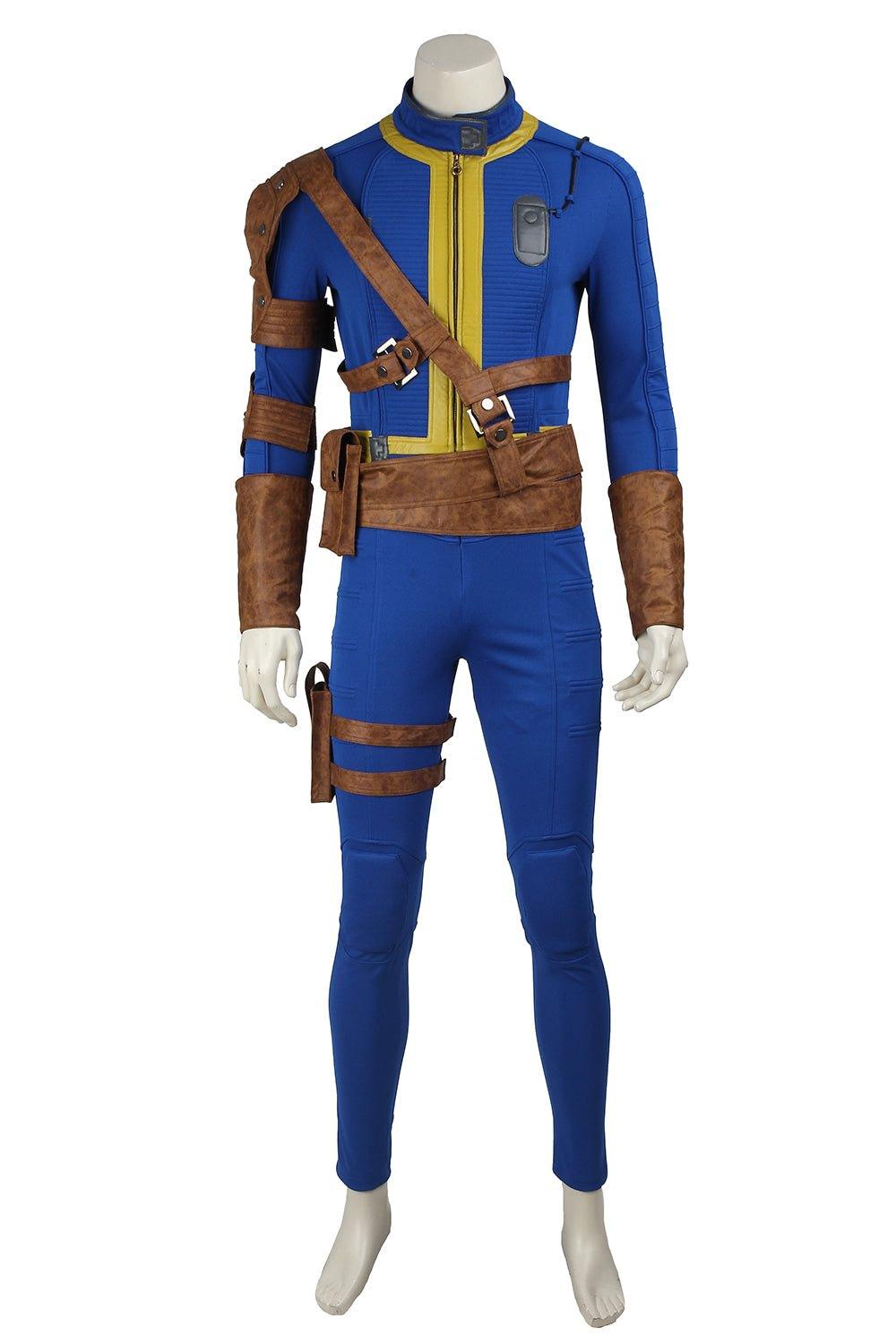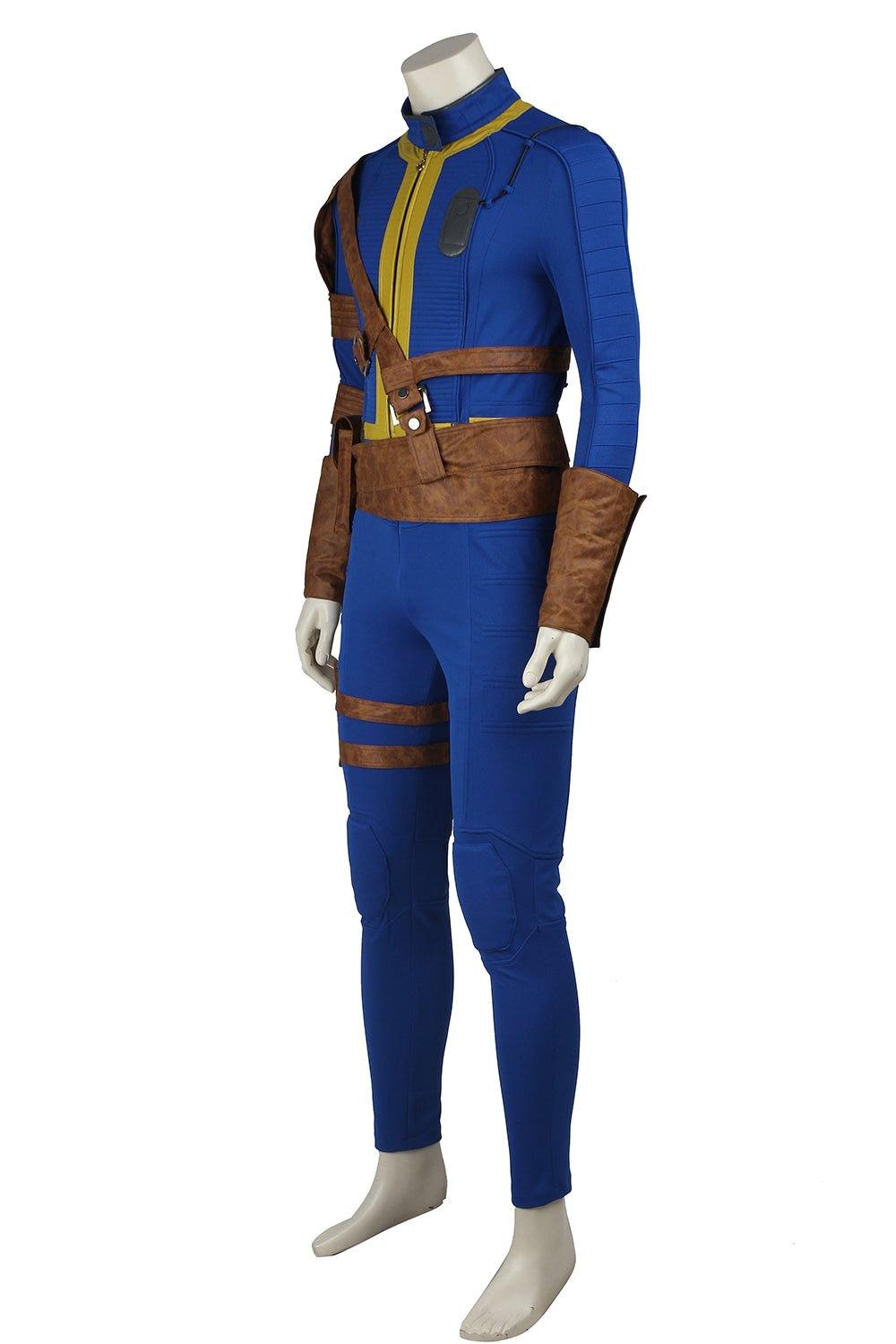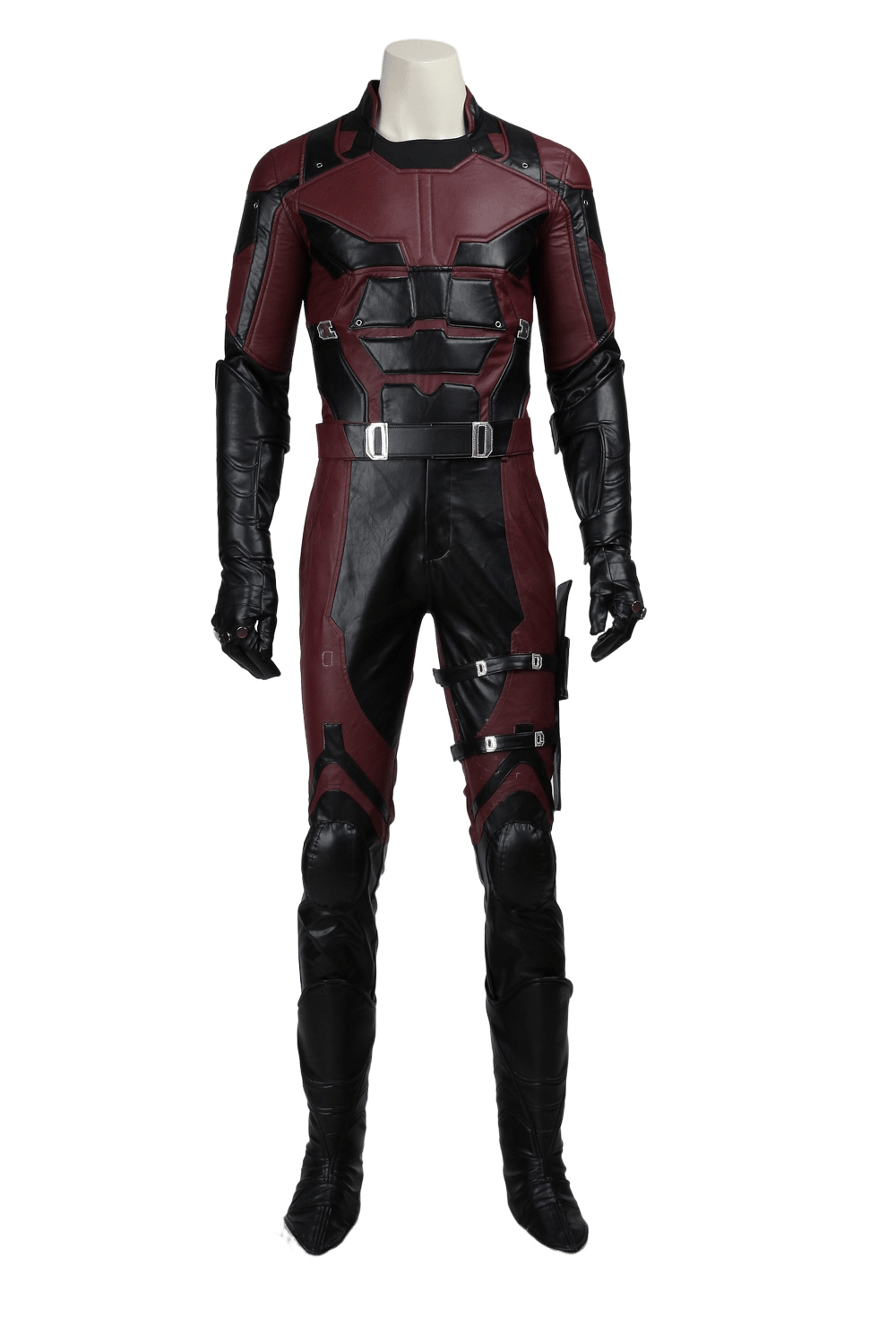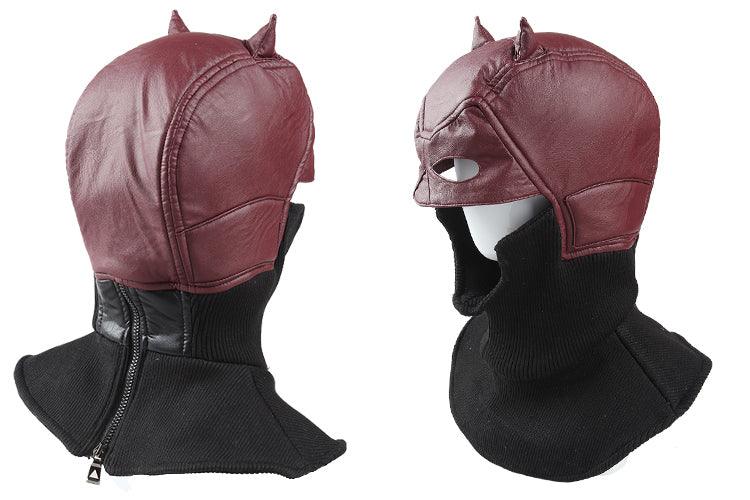Creating a cosplay helmet is an exciting and rewarding project that can elevate your costume to the next level. Whether you're aiming to recreate a beloved character's headgear or design your own unique piece, this comprehensive guide will walk you through the process of making a cosplay helmet from start to finish. We'll cover everything from planning and materials to construction techniques and finishing touches, drawing insights from various sources including crazecosplay.com.
Planning and Design
Before diving into the construction process, it's crucial to have a clear plan and design for your helmet.
-
Choose your character or design: Decide which character's helmet you want to recreate or sketch out your original design.
-
Gather reference images: Collect as many images of the helmet from different angles as possible. This will be invaluable during the construction process.
-
Create or obtain a pattern: You can either design your own pattern or find existing templates online. Many cosplayers use programs like Pepakura Designer to create 3D models and unfold them into 2D patterns. Websites like Evil Ted Smith's online shop offer a variety of helmet templates that you can use as a starting point1.
Materials and Tools
Gathering the right materials and tools is essential for a successful helmet build. Here's what you'll need:
-
EVA foam sheets (various thicknesses)
-
Contact cement or hot glue
-
Craft knife or box cutter
-
Scissors
-
Heat gun
-
Dremel rotary tool (optional but helpful)
-
Sandpaper (various grits)
-
Primer
-
Paint (acrylic or spray paint)
-
Clear coat sealant
-
Elastic straps or adjustable buckles for securing the helmet
Step-by-Step Construction Process
1. Transferring the Pattern to EVA Foam
Once you have your pattern, it's time to transfer it to EVA foam:
-
Trace the pattern pieces onto your EVA foam sheets using a whiteboard marker or pen.
-
Cut out the foam pieces carefully using a craft knife or box cutter.
-
For thicker foam sections, you may need to make multiple passes with your cutting tool.
2. Shaping and Assembly
Now that you have your foam pieces cut out, it's time to shape and assemble them:
-
Use a heat gun to warm the foam pieces, making them pliable. Remember to wear heat-resistant gloves for safety.
-
Bend and shape the heated foam to create curves and contours.
-
Apply contact cement or hot glue to the edges of the pieces you want to join.
-
Press the glued edges together firmly, holding them in place until the adhesive sets.
3. Adding Details and Embellishments
To bring your helmet to life, add decorative details and embellishments:
-
Design additional elements like ear pieces, visors, or decorative panels.
-
Cut these pieces from thinner EVA foam sheets.
-
Heat and shape these smaller pieces as needed.
-
Glue them onto the main helmet structure.
4. Smoothing and Refining
Before painting, it's crucial to smooth out any rough edges or imperfections:
-
Use a Dremel rotary tool with a sanding attachment to smooth edges and seams.
-
For areas that are hard to reach with the Dremel, use sandpaper of various grits to achieve a smooth finish.
-
Pay special attention to visible seams, ensuring they're as seamless as possible.
5. Priming and Painting
The final steps involve priming and painting your helmet:
-
Apply a flexible primer designed for foam to create a smooth surface for painting.
-
Once the primer is dry, begin painting your helmet. You can use spray paint or acrylics applied with a brush or airbrush.
-
Apply multiple thin coats rather than one thick coat for better coverage and durability.
-
Add details and weathering effects as desired.
-
Seal your paint job with a clear coat to protect it and add shine if desired.
Advanced Techniques
For those looking to take their helmet-making skills to the next level, consider these advanced techniques:
Incorporating Electronics
Adding lights or sound effects can make your helmet truly stand out. Consider using LED strips or small speakers connected to a battery pack hidden within the helmet.
Using Alternative Materials
While EVA foam is the most common material for cosplay helmets, you can also experiment with:
-
Worbla: A thermoplastic that can be heated and shaped easily.
-
3D Printing: For intricate details or complex shapes.
-
Fiberglass: For a more durable, professional finish.
Creating a Mold
For helmets with complex shapes or if you need to make multiple copies, creating a mold can be beneficial:
-
Create a master sculpt of your helmet using clay or 3D printing.
-
Make a silicone mold of the master.
-
Cast the helmet using resin or foam latex.
Tips from Crazecosplay.com
Crazecosplay.com offers valuable insights for cosplayers, including tips for creating helmets:
-
Ventilation is key: Incorporate discreet air holes or vents for comfort during extended wear.
-
Consider weight distribution: Ensure the helmet is balanced and comfortable to wear for long periods.
-
Test fits frequently: Try on your helmet throughout the process to ensure a good fit.
-
Use existing items as a base: For some designs, modifying an existing helmet (like a bike or construction helmet) can save time and provide a sturdy foundation.
Troubleshooting Common Issues
Even experienced cosplayers encounter challenges. Here are some common issues and solutions:
-
Uneven seams: Use wood filler or Kwik Seal to fill gaps, then sand smooth.
-
Paint chipping: Ensure you're using a flexible primer and paint designed for foam.
-
Helmet too tight/loose: Make adjustments early in the process. Consider adding padding for a snug fit.
-
Fogging visor: Apply an anti-fog coating or create small ventilation holes.
Maintenance and Care
To ensure your cosplay helmet lasts for multiple conventions:
-
Store in a cool, dry place away from direct sunlight.
-
Use a soft brush or cloth to remove dust.
-
Touch up paint as needed.
-
Reinforce weak points with additional glue or foam.
Conclusion
Creating a cosplay helmet is a rewarding process that combines creativity, craftsmanship, and problem-solving. By following these steps and techniques, you can create a stunning helmet that will be the centerpiece of your cosplay. Remember, every cosplayer's journey is unique, so don't be afraid to experiment and develop your own methods as you gain experience.
Whether you're preparing for a convention, a Halloween party, or just for the joy of cosplay, your handmade helmet will be a testament to your skills and dedication. So gather your materials, fire up that heat gun, and start bringing your favorite characters to life!
As you embark on your helmet-making adventure, keep in mind that practice makes perfect. Your first helmet may not be flawless, but each project will improve your skills. Don't hesitate to seek advice from the cosplay community, watch tutorial videos, and most importantly, have fun with the process. The world of cosplay is all about creativity, learning, and sharing your passion with others.
Remember to document your progress and share your creations with the cosplay community. Your journey might inspire others to start their own projects or provide valuable insights to fellow makers. Happy crafting, and may your cosplay adventures be legendary!







